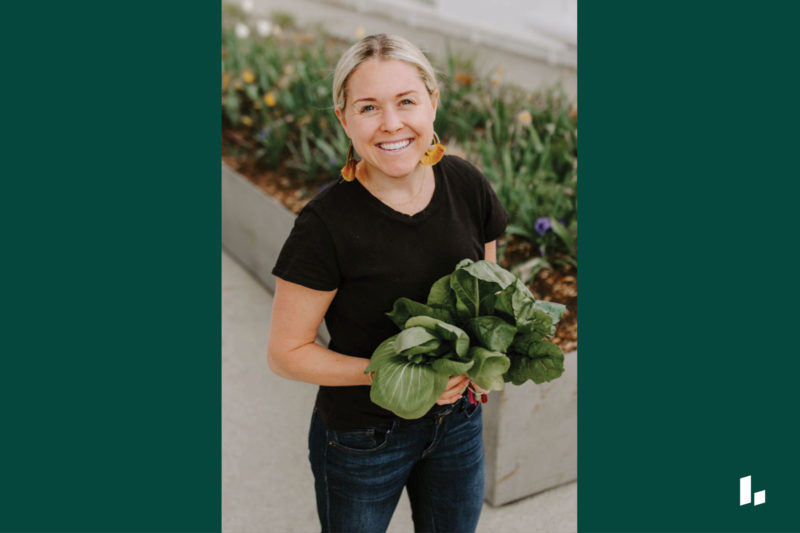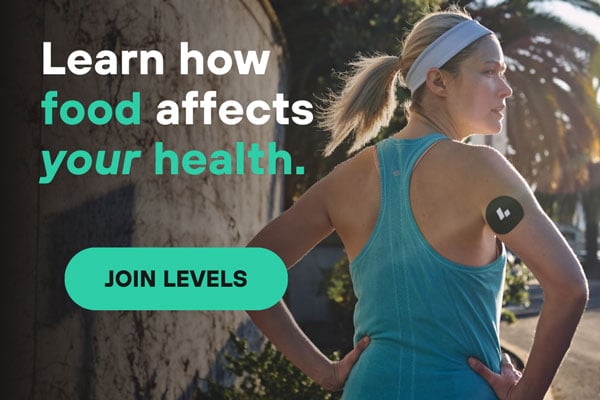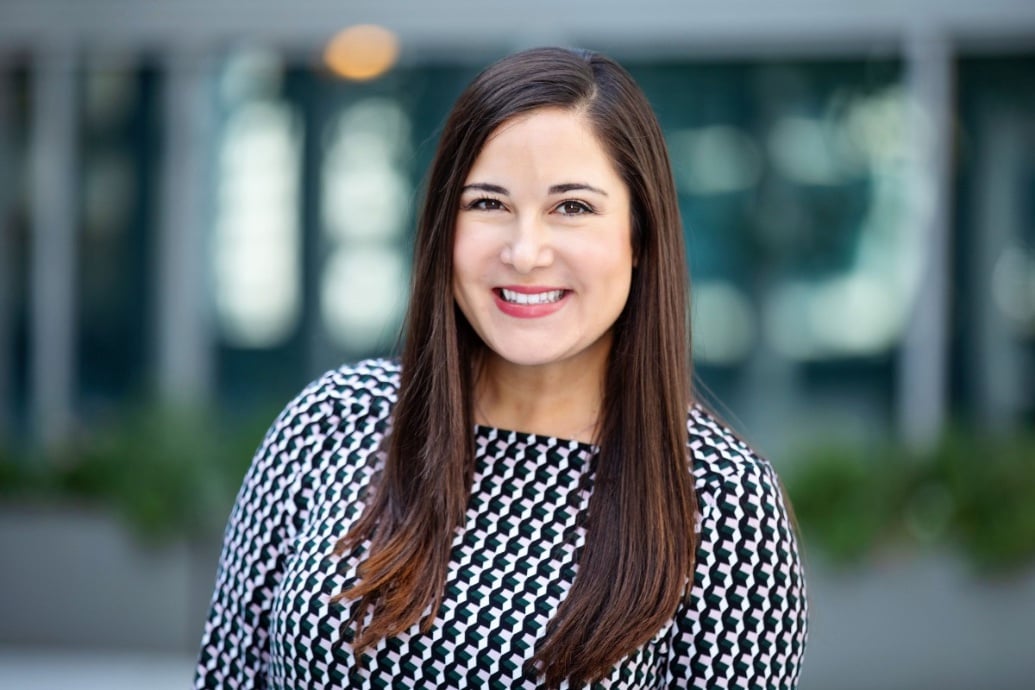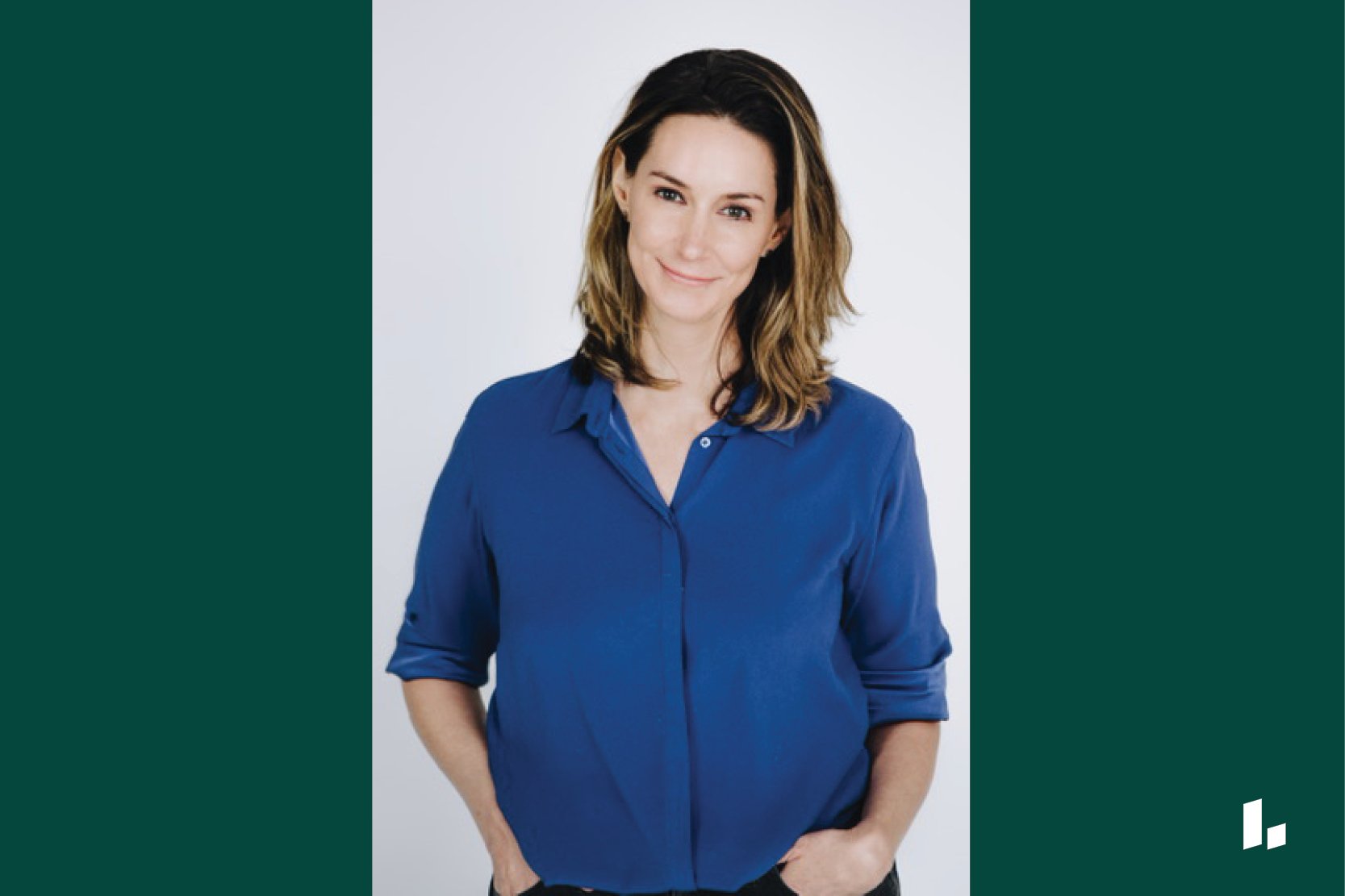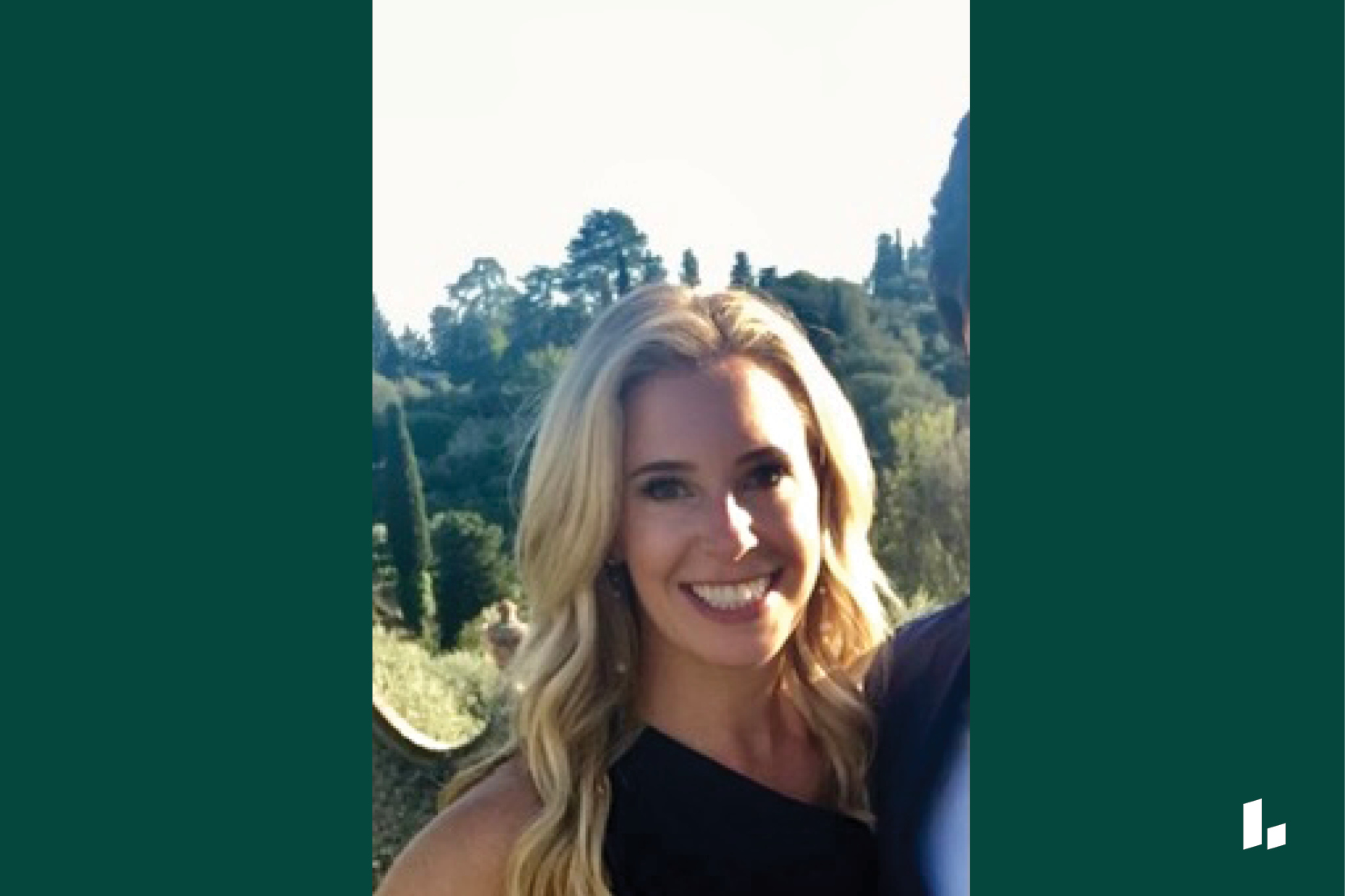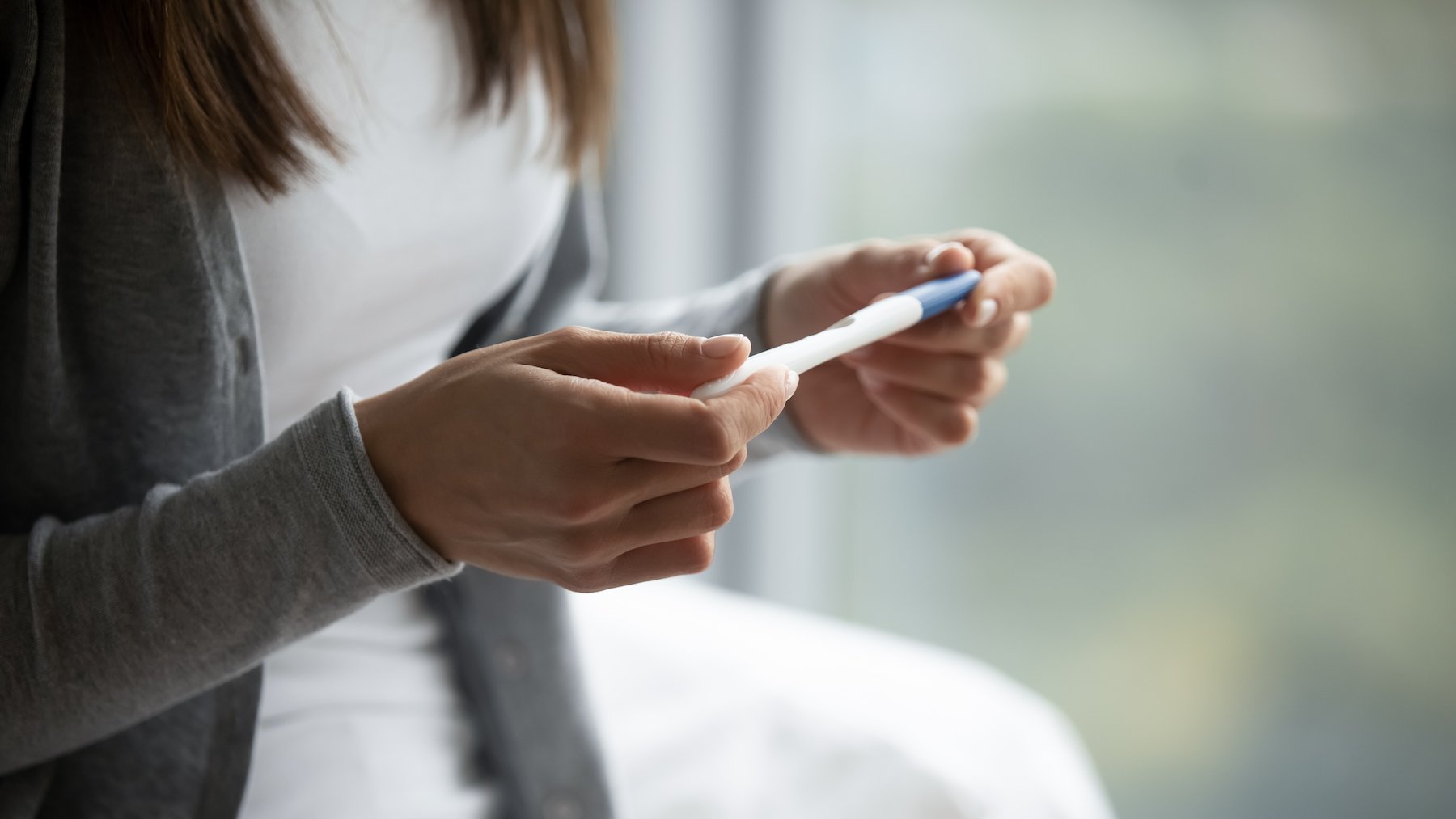Member Profile:
Who: Edie Horstman, 32
Where: Denver
Time with Levels: 1.5 months
Most Useful Takeaway: By pairing a treat with healthy fat and fiber sources, she could blunt her blood sugar response—while still enjoying some dessert.
1. What was your health like before using a CGM?
I am a double-certified Integrative Nutritional Health Coach and a Certified Nutrition Consultant specializing in hormone health, the postpartum period, and infant nutrition.
I began paying attention to my blood sugar when I was diagnosed with polycystic ovary syndrome (PCOS) in 2017. Specifically, I was diagnosed with insulin-resistant PCOS. However, my insulin resistance issues started years before I was diagnosed.
Back in college, when I found “healthy living blogs,” I began cutting out major food groups and ingredients from my diet. Looking back, this was certainly a feature of orthorexia, defined as being obsessed with healthy eating. We all have our journeys to finding a balanced place with food and nutrition. For me, the irony was that I thought I was being healthy, but I wasn’t. I was undereating and therefore not balancing my blood sugar.
Fast forward five years after being diagnosed with PCOS: my doctor put me on Metformin. I took this medication for six months. During that time, I became very interested in holistic health and went back to school. There, I realized that there might be some alternate solutions to medication, and through changing my diet, I was able to balance my blood sugar. Currently, my PCOS is in remission! I truly credit that to having a much greater understanding of my blood sugar.
2. What made you want to start monitoring your blood sugar?
About a year ago, I heard Kelly LeVeque (a Levels advisor) on a podcast talking about Levels. I thought it was fascinating. I had never heard of a continuous glucose monitor before. So, I signed up to be on the waitlist.
Ultimately, I wanted to take my knowledge and ability to regulate my blood sugar to the next level. Sure, you can get your A1C tested occasionally, and you can get a general idea of your blood sugar during the day based on symptoms like your energy, mood, and sleep, but you don’t truly know until you start wearing a CGM.
Learn more:
3. What surprised you about how your food choices impacted your blood sugar?
First, I spike way more with sweet potatoes than I do with regular potatoes. I can handle bananas much better than I can handle sweet potatoes. I also do very well with sourdough bread—better than a sprouted whole grain bread. I wouldn’t know any of this without wearing the CGM.
In addition, I now eat my carbohydrates toward the end of the meal. I start with my greens, eat protein and healthy fats, and then finish with some starchier carbohydrates. That helps me have less of a spike.
For example, last night I made a big salad. At the bottom of the bowl were starchy carbohydrates, like potatoes and RightRice. On top of that was grilled chicken, followed by chunks of avocado. All of that’s topped with a big portion of greens.
It’s also been essential to eat enough protein—I need a minimum of 20 grams per meal. Anything less than that, and I notice a blood sugar spike, and I’m just not as full.
4. What non-diet things did you learn when wearing the CGM?
My blood sugar would dip really, really low at night. I was having some trouble sleeping, but I didn’t realize it was because of my blood sugar. As soon as I saw that pattern, I started incorporating a moderate carbohydrate, protein, and fat snack within 30 minutes of bed. With that change, I wake up fewer times per night. A couple of days ago, I didn’t have that snack before bed, and my blood sugar dipped into the low 50’s (mg/dL), and I noticed I did not sleep as well.
5. How has wearing a CGM affected your relationship with food?
Since I come from an orthorexic background, this may be surprising, but wearing the CGM has helped me loosen the reins around some of the foods I feared eating. A perfect example is a recent weekend when we went to a farmer’s market and picked up a couple of small homemade pies to take to a friend’s house. We had some leftovers, and Monday afternoon, I was craving pie. In the past, I wouldn’t have eaten any out of fear that it would spike my blood sugar. But I decided to see what would happen and ate it anyway. I paired it with Greek yogurt, a drizzle of tahini, and a sprinkle of hemp seeds and made it into this balanced snack. I hardly had a spike at all. That was a real authentic “aha” moment that I don’t have to be so fearful of the food I love.
